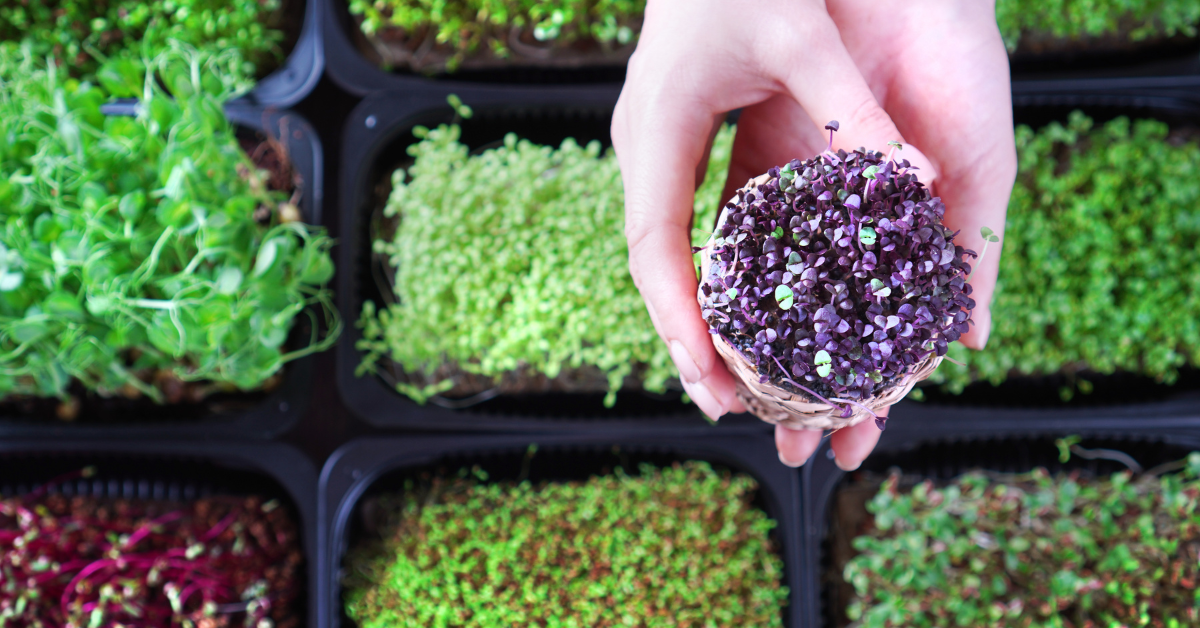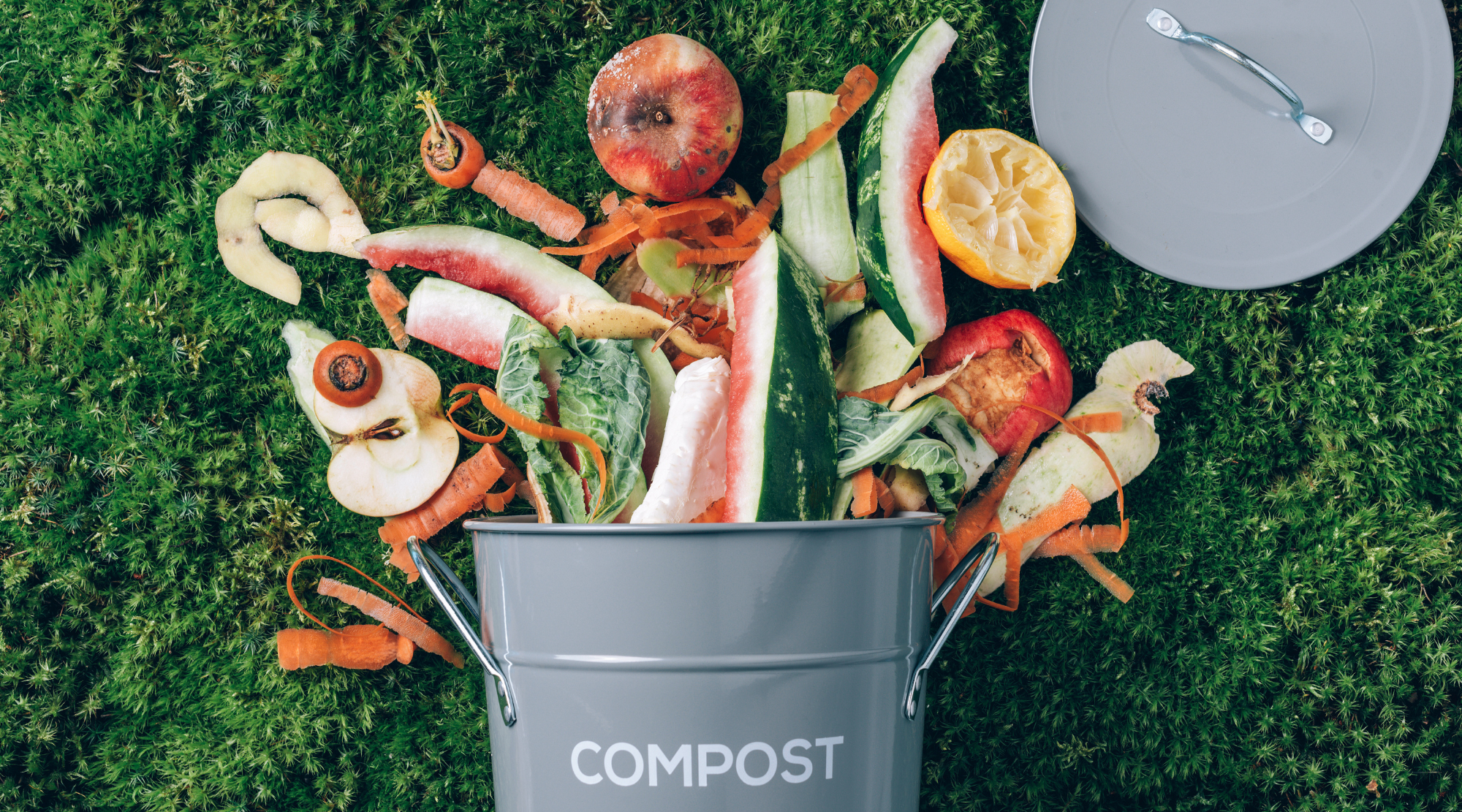Backyard beekeeping is more than a hobby—it’s an opportunity to reconnect with nature, support biodiversity, and enjoy the sweet rewards of natural honey and beeswax. As pollinators, bees play a critical role in sustaining ecosystems and food supplies. By keeping a hive in your backyard, you can help combat the decline in bee populations, make your garden more productive, and even harvest honey for personal use or profit.
In this comprehensive guide, we’ll cover everything you need to know about backyard beekeeping, from understanding bees to setting up and maintaining your hive, and even maximizing the benefits of this eco-friendly practice.
The Importance of Backyard Beekeeping
The global decline in bee populations is alarming, with habitat destruction, pesticides, climate change, and diseases all contributing to the problem. Backyard beekeeping addresses these challenges and provides several key benefits:
1. Environmental Impact
- Pollination: Bees pollinate 70% of the crops that feed 90% of the world’s population. A single bee colony can pollinate hundreds of thousands of flowers in your area.
- Biodiversity: Your backyard hive helps sustain local flora, supporting both wild plants and cultivated crops.
2. Boosting Garden Productivity
With bees working as your garden assistants, you’ll notice:
- Larger, healthier fruits and vegetables due to better pollination.
- A more vibrant garden, as flowers bloom more abundantly when pollinated effectively.
3. Honey Harvest
- Backyard beekeepers can harvest anywhere from 20 to 60 pounds of honey per year.
- Beeswax, another hive product, is ideal for crafting items like candles, lip balms, and salves.
4. Educational and Emotional Benefits
- Learning Opportunity: Beekeeping provides fascinating insights into the natural world.
- Stress Relief: Many beekeepers find working with bees to be calming and meditative.
For a deeper understanding of supporting pollinators, explore Bee Basics from Ecrotek. This article covers essential tips for creating a bee-friendly environment and fostering healthy ecosystems.

How Bees Work: A Brief Overview
Understanding bee behavior and hive dynamics is essential for successful beekeeping.
1. The Hive Structure
A typical hive contains:
- Queen Bee: The sole egg-layer and leader of the hive.
- Worker Bees: Female bees responsible for gathering nectar, caring for young, and maintaining the hive.
- Drones: Male bees whose primary role is to mate with a queen.
2. The Bee Life Cycle
- Queens lay eggs that hatch into larvae, which develop into pupae before emerging as adults.
- Worker bees progress through roles as cleaners, nurses, foragers, and guards throughout their lifespan.
3. Communication and Navigation
- Bees use a “waggle dance” to inform others about the location of food sources.
- They rely on the sun and landmarks for navigation.
Getting Started: Setting Up Your Backyard Beekeeping Operation
Step 1: Research Local Regulations
Before starting, check local laws and ordinances. Some cities and neighborhoods may require permits or restrict beekeeping in certain areas.
Step 2: Prepare the Perfect Location
Choose a spot in your backyard that is:
- Sunny: Bees thrive in warm, sunny locations.
- Sheltered: Protect the hive from strong winds.
- Accessible to Water: Place a shallow water source nearby to keep your bees hydrated.
Step 3: Select the Right Hive
There are several types of hives, each with its benefits:
- Langstroth Hive: The most popular choice, consisting of stackable boxes and removable frames for easy honey extraction.
- Top-Bar Hive: A horizontal design that mimics a natural hive, ideal for hobbyists.
- Warre Hive: A smaller, vertical hive that focuses on bee welfare over honey production.
Step 4: Invest in Essential Equipment
Equip yourself with the following tools:
- Protective Gear: A beekeeping suit, gloves, and veil are crucial for safety.
- Hive Tool: For prying apart frames and scraping wax.
- Smoker: Calms bees during inspections.
- Bee Feeder: Provides supplemental food when natural resources are scarce.
Step 5: Source Your Bees
There are three main ways to start your colony:
- Package Bees: A queen and several thousand worker bees shipped to your location.
- Nucleus Colony (Nuc): A small, established colony with a queen, brood, and honey stores.
- Swarm Capture: Experienced beekeepers can capture wild swarms, an eco-friendly option.

Caring for Your Bees
Proper hive care ensures your bees stay healthy and productive. Here’s what you need to do:
1. Conduct Regular Inspections
Inspect the hive every 7–10 days during the active season. Check for:
- Queen Health: Look for eggs and larvae to confirm the queen is laying.
- Pests and Diseases: Watch for Varroa mites, small hive beetles, or symptoms of foulbrood.
- Honey Stores: Ensure the colony has enough food, especially heading into winter.
2. Feed Your Bees When Necessary
In times of scarcity, supplement your bees’ diet with:
- Sugar Syrup: A mixture of sugar and water mimics nectar.
- Pollen Patties: Provide protein when pollen is unavailable.
3. Manage Pests and Diseases
Common threats include:
- Varroa Mites: Treat with organic acids or essential oils.
- Wax Moths: Remove weak frames and maintain strong colonies.
- Nosema Disease: Prevent with proper ventilation and hive hygiene.
For tips on optimizing your garden’s growth and health, check out our guide on Companion Planting. Learn how planting certain crops together can enhance yields, deter pests, and promote a thriving ecosystem.
Seasonal Beekeeping Tasks
Each season comes with unique responsibilities for beekeepers:
Spring
- Inspect hives after winter to assess colony strength.
- Add additional boxes if the colony is growing rapidly.
- Monitor for swarming, which occurs when the colony becomes overcrowded.
Summer
- Harvest honey, leaving enough for the bees to survive.
- Ensure the hive remains ventilated during hot weather.
- Keep water sources filled to prevent dehydration.
Fall
- Reduce hive entrances to prevent robber bees and pests.
- Treat for Varroa mites before winter.
- Confirm honey stores are sufficient for the cold months.
Winter
- Insulate the hive to protect against freezing temperatures.
- Avoid disturbing the hive, as bees cluster together for warmth.
- Clear snow or debris from entrances to allow ventilation.

Advanced Beekeeping Techniques
Once you’ve mastered the basics, consider implementing these techniques to enhance your beekeeping experience:
1. Queen Rearing
Learn how to raise and replace queens to maintain hive productivity and health.
2. Splitting Colonies
Split a strong colony into two to increase your apiary or prevent swarming.
3. Building Nuc Boxes
Use nucleus boxes to house small colonies or catch swarms.
4. Natural Comb Beekeeping
Allow bees to build their comb naturally, reducing the use of artificial foundations.
Creating a Bee-Friendly Environment
To support your bees and other pollinators, make your backyard a haven for wildlife:
- Plant Pollinator-Friendly Flowers: Choose native plants with staggered bloom times to provide nectar throughout the year.
- Avoid Pesticides: Use natural pest control methods to protect your bees.
- Provide Water: Add a birdbath with floating corks for bees to land on.
For tips on creating a pollinator-friendly outdoor space, check out How to Make Your Lawn and Garden Better forBees from Environment America. This guide offers practical ways to support bee populations and enhance biodiversity.
The Rewards of Beekeeping
Beekeeping offers a variety of benefits that extend beyond the hive:
- Honey Harvesting: Fresh, raw honey is a delicious and versatile product.
- Wax and Byproducts: Use beeswax for candles, balms, or as a natural wood polish.
- Community Impact: Share honey and knowledge to inspire others in your neighborhood.
- Income Potential: Sell honey, wax, or starter colonies to generate extra income.
Challenges and How to Overcome Them
Backyard beekeeping is rewarding, but it comes with challenges:
- Bee Stings: Wear proper protective gear and handle bees calmly.
- Weather Extremes: Provide shade in summer and insulation in winter.
- Forage Scarcity: Plant a diverse garden and encourage neighbors to do the same.
Final Thoughts on Backyard Beekeeping
Backyard beekeeping is a fulfilling practice that benefits the environment, supports pollinator populations, and enriches your connection to nature. Whether you’re harvesting honey, observing bee behavior, or simply enjoying a more vibrant garden, beekeeping offers a world of rewards. Start small, stay committed, and enjoy the buzz of success as you contribute to a sustainable future.






















